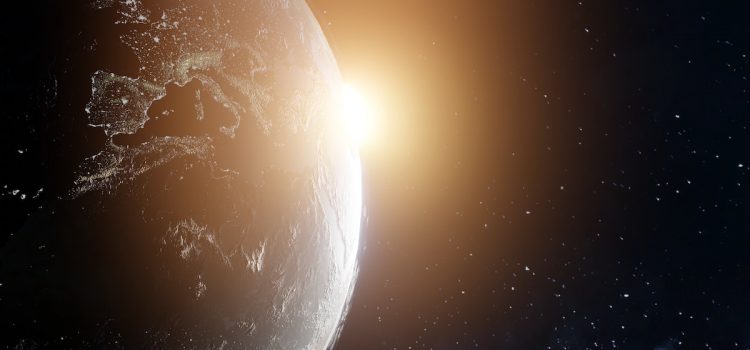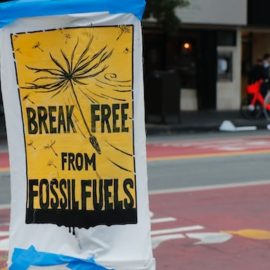

This article is an excerpt from the Shortform book guide to "A Short History of Nearly Everything" by Bill Bryson. Shortform has the world's best summaries and analyses of books you should be reading.
Like this article? Sign up for a free trial here.
How was our solar system formed? What were the conditions on and around Earth?
Our sun formed a few billion years ago after the universe was set in motion with the big bang. Planets and moons formed out of the gas and dust that swirled around it.
Read more to learn about the formation of our solar system.
How Was Our Solar System Formed?
How was our solar system formed? Bill Bryson says our own solar system formed about 4.6 billion years ago in a nebula that had been enriched by supernova debris. Then, it took about 100 million years for Earth and the other planets to coalesce from this cloud of gas and dust around the newly formed sun. When it first formed, Earth was in a molten state because of the heat released by colliding debris.
About that time (4.5 billion years ago), the Earth collided with an object roughly the size of Mars. The impact ejected a large amount of rock and debris into orbit, forming Earth’s Moon. This was important for us because the Moon acts as a stabilizer for Earth’s rotation—without it, Earth would wobble on its axis, making seasons too erratic for most types of plants. And, without those plants, animals in the same food chain wouldn’t exist either.
(Shortform note: Not all scientists agree on these points. There are three competing theories about the Moon’s origin: the impact theory that Bryson relates, the idea that the Moon simply formed alongside Earth from the same mass of debris, and the idea that it formed separately somewhere else in the solar system and was later captured by Earth’s gravity when it crossed Earth’s path. There are also scientists who disagree that the Moon is essential for life on Earth. They argue that its effect on stabilizing Earth’s axis of rotation has been overestimated, and even without the Moon, any shift of the axis would take place slowly enough for life to adapt.)
According to Bryson, Earth continued to receive a heavy bombardment of smaller asteroids and comets for the next 500 million years before the frequency of impacts subsided enough for the planet’s surface to cool and solidify. These impacts provided additional water and carbon, which would later be important for life.
| Meteorites and Supernovae Another benefit of meteor bombardment—for scientists, at least—is that surviving meteorite fragments preserve a record of the chemical composition of the materials from which our solar system formed. Recent studies of isotopes found in meteorites have determined that the solar system formed from at least two intersecting supernova debris fields. Scientists conjecture that this double-enrichment of nebulae with heavier elements may be crucial for initiating the formation of solar systems like our own. Some even think that this may be a contributing factor in why our solar system has two types of planets: the rocky “inner planets” and the gas-giant “outer planets.” The inner planets are thought to have formed mostly from the debris of one supernova, and the outer planets from the debris of the other. |

———End of Preview———
Like what you just read? Read the rest of the world's best book summary and analysis of Bill Bryson's "A Short History of Nearly Everything" at Shortform.
Here's what you'll find in our full A Short History of Nearly Everything summary:
- An accessible overview of the natural sciences
- A full history of the universe, Earth, and life as we know it
- A look at the unknowns and controversies that still exist in the sciences






